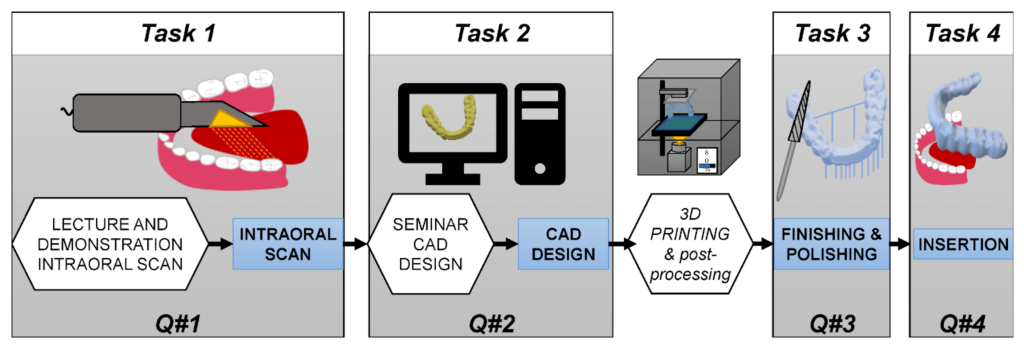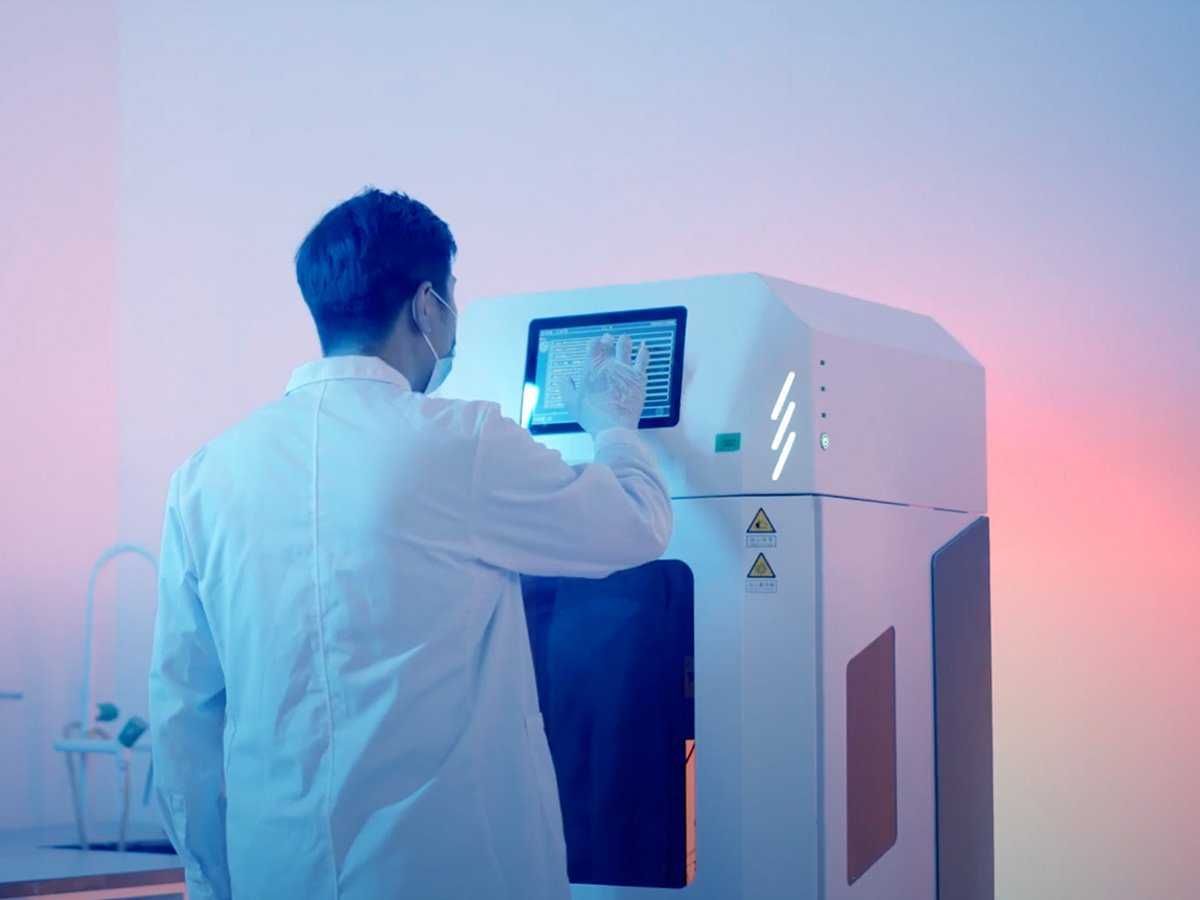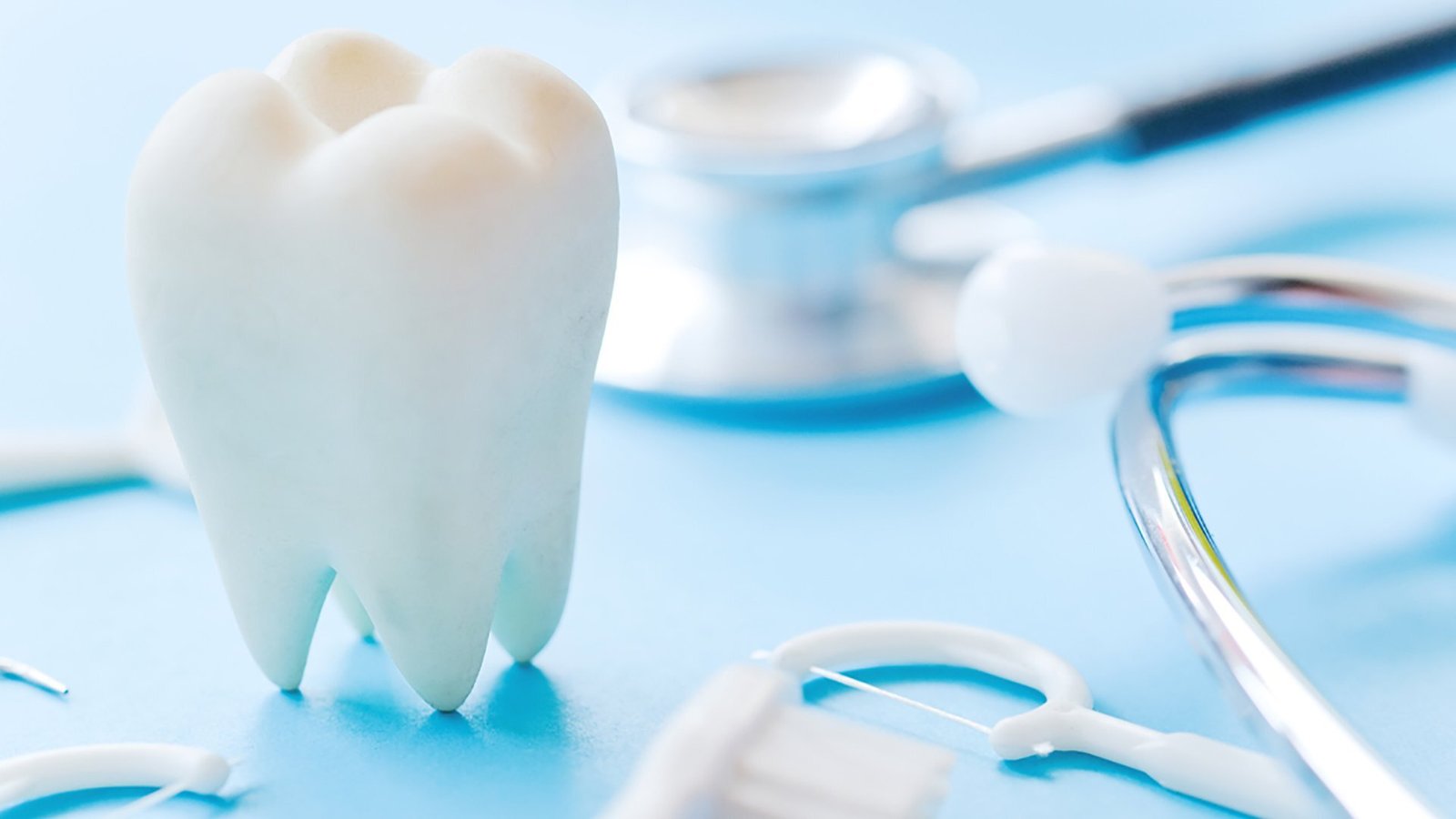The use of intraoral scanners has revolutionized the way modern dentistry works, making capturing dental impressions without disturbing the patient’s comfort easier and more streamlined. One question for all dental professionals is how to utilize these intraoral scanners’ potential fully. In other words, the question that these dental professionals ask themselves is how to use intraoral scanners.
In this article, I will be going into a detailed guide on how to use intraoral scanners with the proper methodology and some of the best tips of using intraoral scanners that will help you excel in your clinical practice.

What Is An Intraoral Scanner?
An intraoral scanner is a device that uses a light source and sensors to create a 3D impression of the patient’s mouth and gums. Both arches of the mouth are scanned. The software installed on the computer helps display a 3D model on the computer screen in high-definition.
By remembering the intraoral scanner instructions and reading the booklet provided by the supplier, you can easily use the device.

What Are The Benefits Of Using An Intraoral Scanner?
There are so many advantages to using an intraoral scanner that I will be listing them below:-
- Improved Patient Experience: Since conventional impression techniques have been causing discomfort to patients, such as gag reflex and unpleasant taste of alginate, using the intraoral scanner would avoid all this and increase patient comfort, which is a necessary benefit of using intraoral scanners.
- Faster Results: Accurate results in a shorter time is another benefit of using intraoral scanners, which is essential for day-to-day procedures.
- Improved Patient Education: A hidden benefit of using intraoral scanners is demonstrating to patients curious to know what procedure they will undergo.
- User Friendly: An easy-to-use software is a gigantic benefit of using intraoral scanners that this would guarantee fast turnover of work in any dental clinical setting.
These are a few of the many benefits of using Intraoral Scanners that you can see that convince dentists to adopt the digital side of dentistry as opposed to the traditional one.

Steps To Take Before Using An Intraoral Scanner
Before you start with the procedure of intraoral scanning, any dental professional needs to go through the instructions and revise the basic steps on how to use intraoral scanners related to the case being performed. Once done, calibrate the settings of the intraoral scanner you are about to use and ensure that it is disinfected and sterilized and protective coverings are wrapped around it, too.
Make sure that the patient’s mouth is dry and no contaminant is present on the patient’s surface, which is an essential rule and tool written in all rulebooks that explain how to use intraoral scanners.
Step-by-Step Procedure For Using An Intraoral Scanner
I will list below the detailed step-by-step procedure for how to use intraoral scanners, which can be applied to any type of intraoral scanning device that you will be using on your patient in general:-
- The first step in how to use intraoral scanners should be to attach a brand new tip, which is single-use, to prevent cross-contamination.
- The next step on how to use intraoral scanners is to turn on the device and allow it to warm up, should it be required or if it is stated in the intraoral scanner instructions.
- Next, open the scanning software and create a new case file for the patient.
- The most essential step in how to use intraoral scanners is inserting the device in the patient’s mouth without any contact with the patient’s soft tissues. Start by capturing the occlusal surfaces of the teeth.
- Next, rotate the scanner to capture images of the buccal side (which makes it the cheek side) and maintain a 5-10 mm distance between the scanner tip and the tooth surfaces.
- Then, rotate the scanner to capture images of the lingual side (which makes it the tongue side) and position the scanner to capture the interproximal areas of the teeth as well once the lingual side is done, which is also another essential step on how to use intraoral scanners.
- An important step on how to use intraoral scanners is a thorough review of the 3D model generated during the scan, which is necessary to eliminate any discrepancies and mistakes for proper correction. Once done, you can finalize the case file and export the data in the desired format.
If you follow these steps, you should encounter no issues.
Post-Scanning Procedure For Using An Intraoral Scanner
Once you are done with the scanning procedure, it is necessary to follow the post-scanning procedures as well, which is an essential part on how to use intraoral scanners, that are listed below:-
- Disinfect the intraoral scanning device properly and with the help of disinfectant solutions such as glutaraldehyde, alcohol, etc.
- Take out the scanner tip, place it in the bag, and sterilize it by sending it to the autoclave.
- Be sure to back up any data you have on an external hard drive or a cloud-based storage solution.
Additional Tips And Tricks For Using An Intraoral Scanner
Regarding tips for using intraoral scanners related to more accurate intraoral scanner performance, ensure that the scanner has been calibrated properly, and repeat the scans several times on one patient to eliminate any chances of errors.
Also, be sure to revisit manuals that explain how to use intraoral scanners for more accurate results, but if you are looking for a permanent fix to your solution, then getting Aidite’s Intraoral Scanners would be optimal since they offer superior accuracy without any compromise on the performance while maintaining a budget-friendly price.
It can be used for a wide variety of procedures related to each dental specialty, such as restorative dentistry, orthodontics, periodontics, and prosthodontics, and with its user-friendly features and interface, it is easier to use and get higher-quality images that can make a difference in your treatment plan, ensuring patient satisfaction and practice efficiency.
FAQs
Q1: Can You Use An Intraoral Scanner For Just One Procedure?
Answer: Yes, you can use an Intraoral Scanner regularly, depending on the flow of patients in your dental setup. You are advised to use the intraoral scanner no more than 4-5 times for maximum accuracy, depending on the type of intraoral scanner you use.
Q2: How Can You Clean An Intraoral Scanner?
Answer: You can clean the intraoral scanner by cleaning the tip of the intraoral scanner you are using, and you can even sterilize it by inserting the tip of the intraoral scanner in the pouch and putting it in the autoclave.
Q3: Are There Any Alternatives To The Intraoral Scanner?
Answer: Depending on the type of procedure that is being performed in the dental setting, there are multiple alternatives to the usage of the intraoral scanner, some of which include extraoral scanners, CBCT Scans, and Spectrophotometers.
Conclusion
With the article completed, you must have gotten the complete picture of how to use intraoral scanners, along with proper intraoral scanner instructions, tips of using intraoral scanners, and the benefits of using Intraoral Scanners.
Be sure to check out Aidite’s Blog blog for more informative posts related to intraoral scanners, as well as check Aidite’s catalog for the latest intraoral scanners that are present on their website since they have the best intraoral scanner models with the highest longevity rate, great bang for the buck and greater features in an economical price range.



